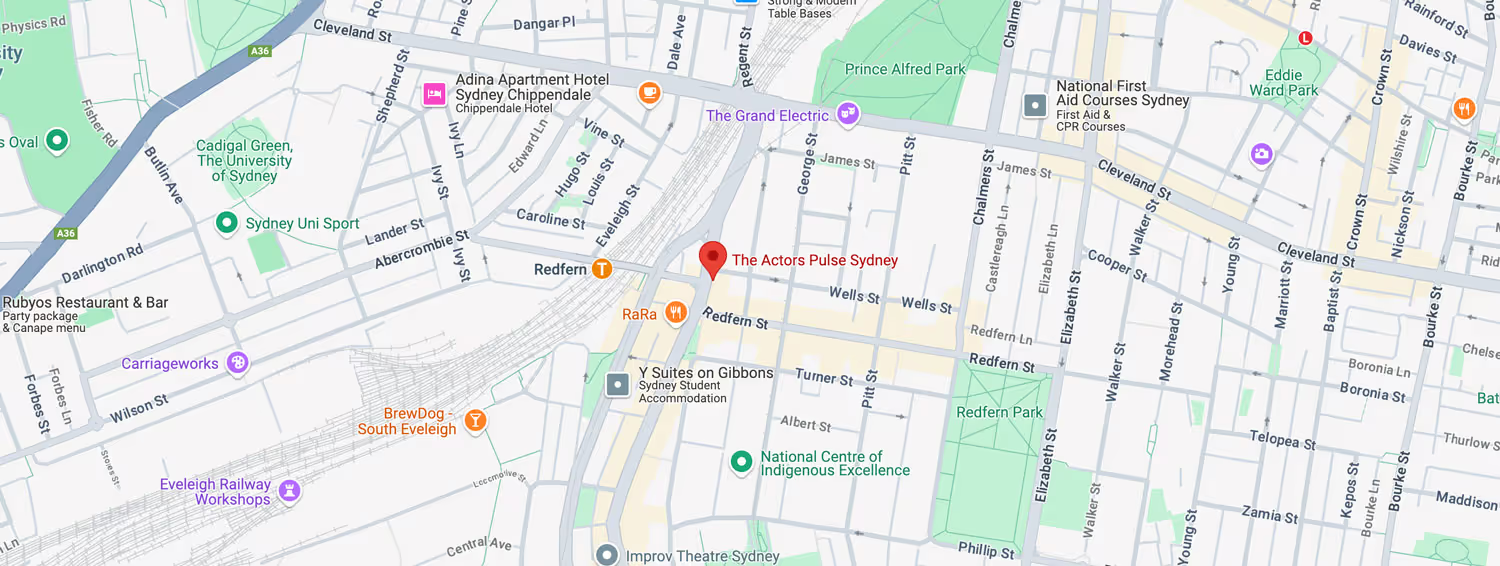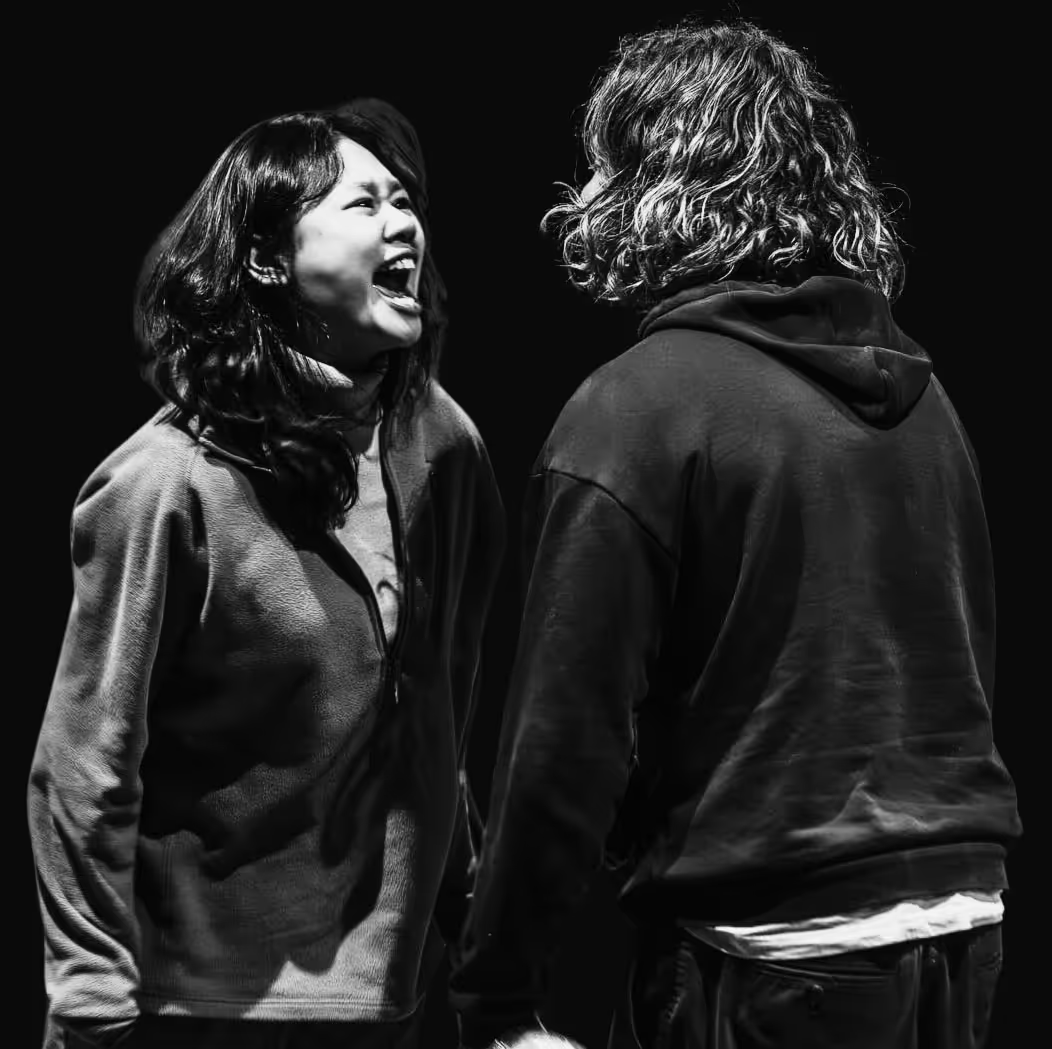
Contact Us
Get in touch with us using the form or details below. We look forward to hearing from you!


Whether you’re an aspiring actor hoping to land that life-changing role or a seasoned professional, having an outstanding showreel to give to casting agents is essential.
However, for many of us, the idea of creating a showreel can feel like a truly insurmountable task – especially if you’re no dab hand at technology. Where do you even begin?
In this guide, we will walk you through the basics of tracking down that vital footage, knowing what clips to include and what to do about editing. From start to finish, we’re here to help you learn how to create a showreel for acting.
The easiest way to explain a showreel is to describe it as a video showcase. Just as an artist may have a portfolio of their creations, an actor needs to have a portfolio of footage that showcases their work.
Gone are the days when you’d need to provide this on DVD or USB, in the wonderful digital age, you can simply upload this to your website, IMDb or similar for easy access by anyone at any time.
Having an easily accessible, video portfolio enhances your opportunities as an actor. It does this by helping casting directors and producers see your strengths and abilities in a way that headshots could never do.
Have a brief opener with your name and best headshot and then dive right into showing them your best work. Try to select footage where you are clearly in the frame so there is no confusion about which actor they should be focusing on.
While you don’t want your showreel to be too intense, you do want it to show your originality and uniqueness as an actor, so try to opt for clips that highlight this. Have footage that is blurry or has poor sound quality? Leave it out, remember, you are showcasing your professionalism and skills.
Additionally, opt for footage that demonstrates your versatility as an actor. Mix it up with clips showing dramatic scenes, comedy, alternative accents, and any dancing or singing skills you have. The only caveat to this is that we would suggest not focusing too much on singing or dancing unless you are actively pursuing roles in musical theatre.
If something doesn’t feel right to you, we recommend leaving it out – you need to be entirely comfortable with your showreel and what you are advertising about yourself.
Importantly, don’t forget to include your contact details at the end of the reel or those of your agent should you have one.
In short, you should avoid adding music to your reel, any commercials, aged footage or montages. Why?
Music can distract from your performance and stop casting directors from seeing what you have to offer. They need to be able to hear you clearly and understand how this relates to the way you move.
Commercials. Sure, they may show you’ve been hired successfully in the past, but they usually do not give you genuine scope to act. If you have been in a commercial with no lines spoken or limited dialogue, leave it out.
Including old acting clips is also not advisable, you want your showreel to be fresh and current. Directors need to see how you are now, not how you were 10 years ago. Similarly, montages are not necessary and can quickly date your showreel or cause viewers to skip over important parts.
When working on how long to make your showreel, keep in mind that most if not all casting directors are time-poor. This means that keeping your showreel short and sweet is vital – if it’s too long, you may be overlooked.
Aim for around three minutes of footage, total. Always aim for quality over quantity as much as possible. This means that even if your showreel only tops out at a minute and a half, that’s fine too.
If you’re not particularly tech-savvy, you may benefit from engaging the help of an editor to really polish your footage to a captivating shine. Remember that just like headshots, your showreel is an investment in your acting career so it needs to be memorable for all the right reasons.
Inaudible dialogue, blurry uploads and awkward transitions could detract from your performance so if you are not confident to manage the editing, we recommend seeking help. Should you decide to tackle it using one of the many amazing editing programs available, be sure to send it to your acting coach or fellow actors for feedback before uploading it.
Everyone has to start somewhere, right? If you don’t have much to add to a showreel just yet, try shooting your own projects or working on student or short films. So long as there is good video and audio quality you can create useful footage without too much trouble.
We wouldn’t recommend this for the simple reason that it is not dimensional enough. Casting directors need to see you move and interact with other actors as this gives them a better perspective on your abilities as an actor.
Having said that, if a monologue is all you have and you’re in the process of creating a showreel, something is better than nothing so you can still use this in a pinch.
Be sure to upload your showreel to a reliable platform such as YouTube or Vimeo. Be sure to check that the sound and video quality remain clear following your upload and then link this video on all your professional pages online.
You may also like to share it on your social media pages for wider reach.
As a leading school for the Meisner technique in the Southern Hemisphere, The Actors Pulse is passionate about supporting its students to achieve their career goals in film television and theatre.
Whether you are a beginner or an experienced actor looking to hone your skills, we can help. From guidance around marketing yourself through a winning showreel to learning how to act step-by-step, we have the skill and expertise necessary to take you to new career heights.
Contact The Actors Pulse acting school in Sydney today on 0414 475 515 today to learn more.









Get in touch with us using the form or details below. We look forward to hearing from you!
